Military
These Are the Most Controversial Inventions in the History of Military Technology

Published:
Last Updated:

Modern warfare can kill more people in a shorter amount of time than at any point in history. Some of the most controversial weapons are those that inflict needless pain and suffering or that indiscriminately kill non-combatants. We’ve compiled a list for you of some of the most controversial military technologies that have ever been invented and how the international community has tried to restrict them.
24/7 Wall St. Insights
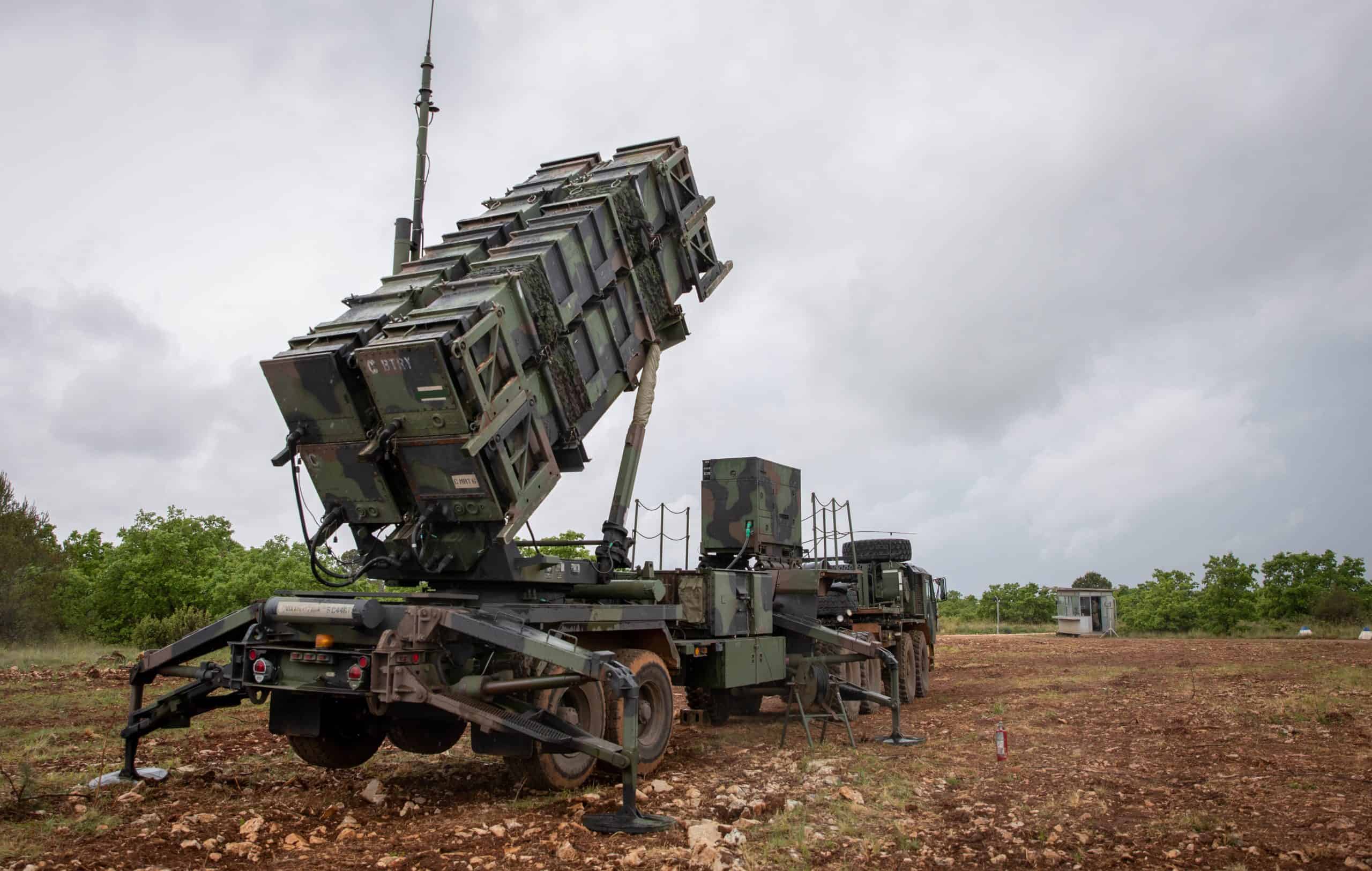
Anti-ballistic missiles are used to shoot down inbound enemy missiles. Israel’s Iron Dome system and the American Patriot missile system are examples of this kind of technology. ABM weapons deployment has been restricted in the past by arms control treaties because it was feared it would lead to the multiplication of missile stockpiles to overwhelm these defenses.
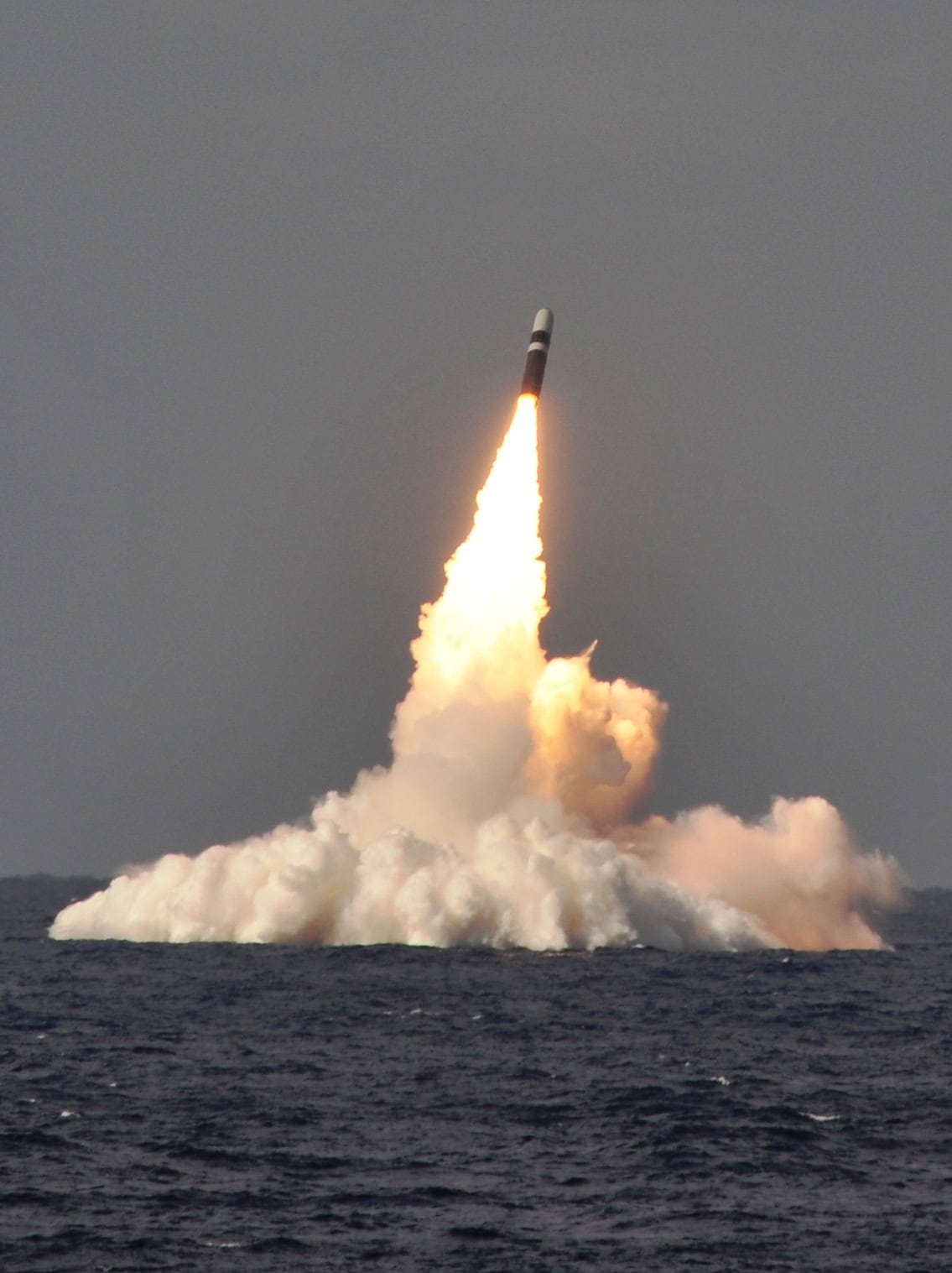
Ballistic missiles can carry nuclear or conventional payloads. They are rocket-powered in the launch phase of their flight, then fall back to earth on an unpowered ballistic trajectory to reach their targets. It is a matter of great concern when a hostile nation like Iran or North Korea develops such weapons because they can reach cities in North America and our allies in Europe and Asia.

Biological weapons are considered weapons of mass destruction because they have the potential to kill millions of people. A biological weapon involves releasing a deadly disease such as anthrax or smallpox to indiscriminately kill people in an enemy country. If an infectious disease were used, it could get back to the country that first used it, so these weapons can be self-defeating. These weapons were banned by treaty in 1972.
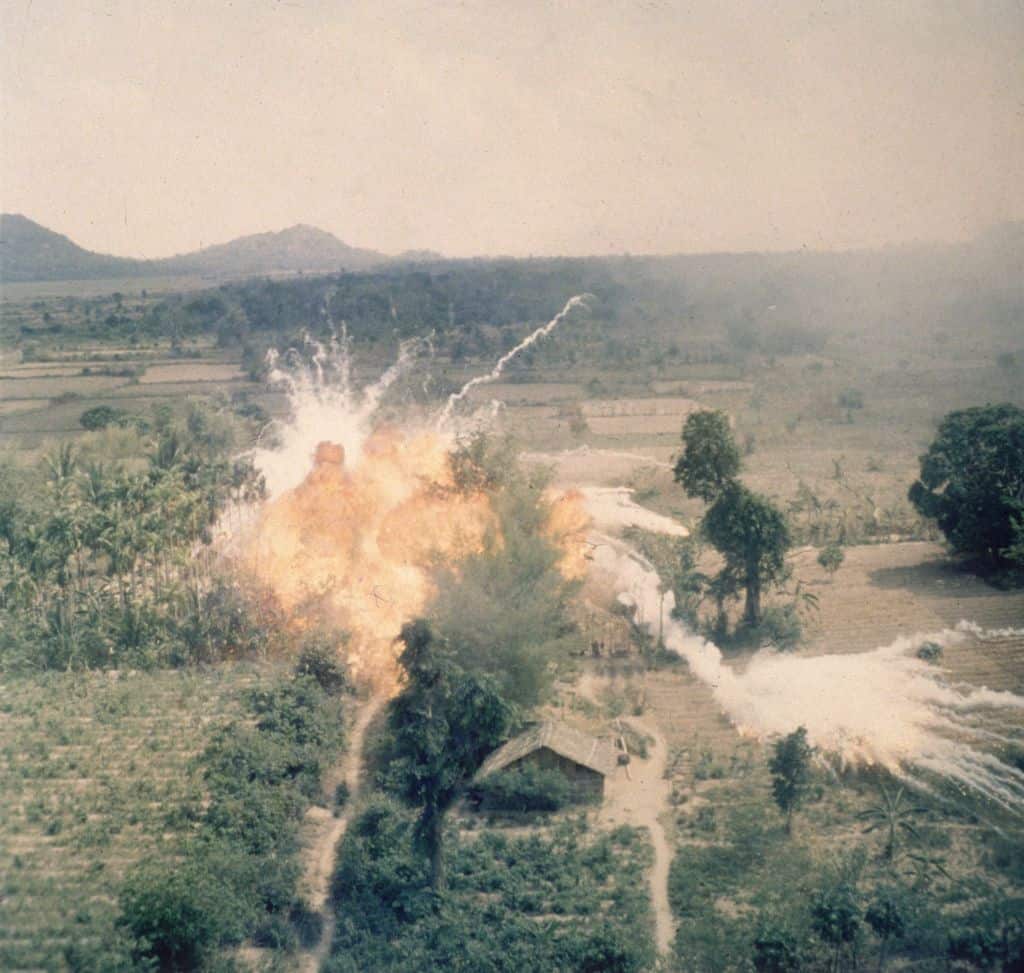
Chemical weapons such as chlorine gas and mustard gas were used extensively in World War I, causing 90,000 deaths and over a million injuries. Another form of chemical weaponry is napalm, an incendiary substance that was used widely in the Vietnam War by the United States to clear the jungles where the Viet Cong were infiltrating. Chemical weapons were restricted by a 1993 treaty.
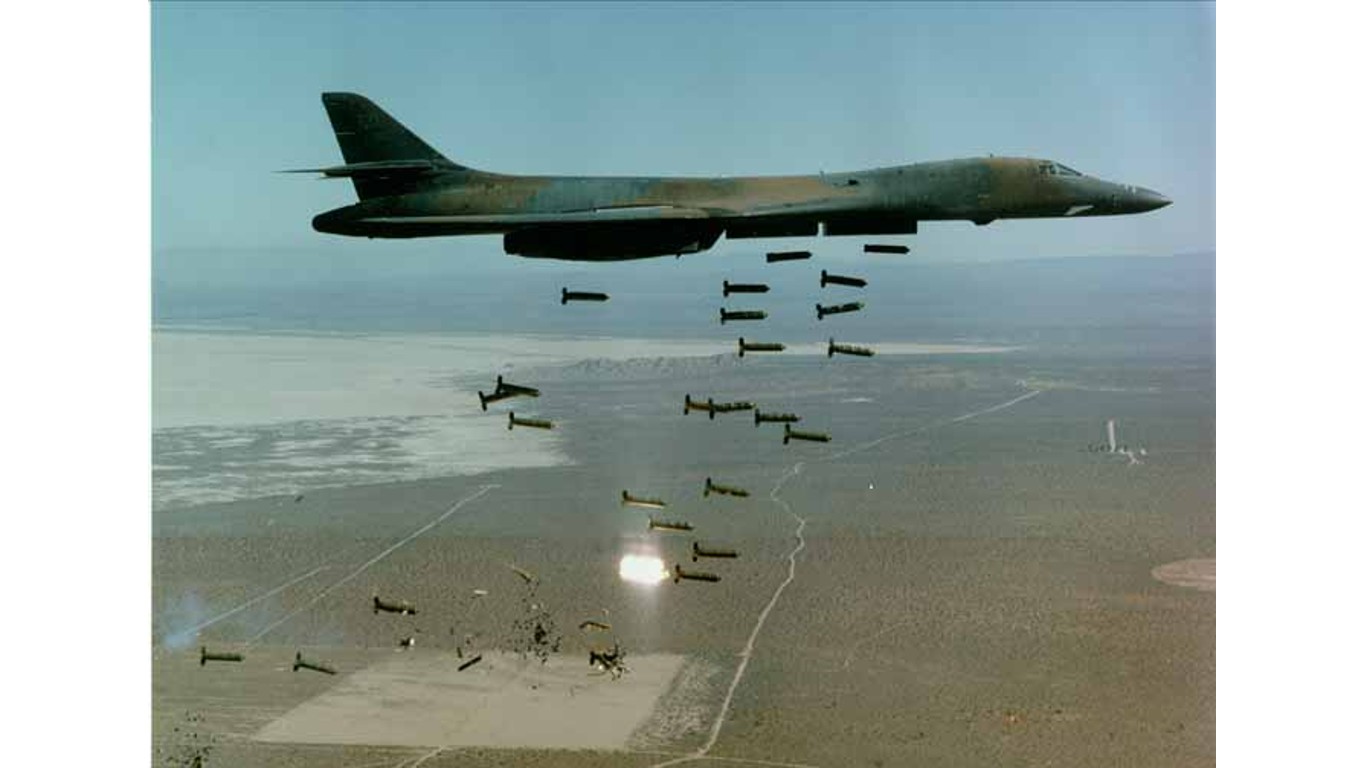
After being dropped or launched at a target, a cluster bomb explodes to release hundreds of smaller bombs that carpet bomb a wide area. Anywhere from 10-40% of them may not detonate on impact and remain scattered on the ground as a hazard to civilians. 120 countries signed a treaty to ban them in 2008, but the United States, Russia, Ukraine, and other significant military powers did not. Both Russia and Ukraine are using cluster munitions broadly in their war.

Cyber warfare occurs when a country hacks into computer networks to damage data belonging to an adversary. This can be used for spying, planting misinformation, destroying valuable data, or disrupting vital communications and infrastructure.
The United States and Israel are alleged to have carried out such an attack on Iran that caused equipment in their nuclear program to self-destruct. Russian-backed hackers have reportedly carried out cyber operations to try to influence American elections, among other things. This is still an area of warfare that is not governed by any international treaty.

Depleted uranium is a byproduct of the production of enriched uranium for nuclear power plants or weaponry. It is extremely dense, so it makes a good material for armor-piercing projectiles. It is mildly radioactive, releasing only alpha particles that cannot pierce the skin. However, when it strikes targets it releases radioactive dust particles that can linger in the environment, be inhaled, and cause health problems. There are no treaties banning its use.

Directed energy weapons include things like lasers, microwaves, and particle beams.
There are no current treaties governing the development and use of these weapons.
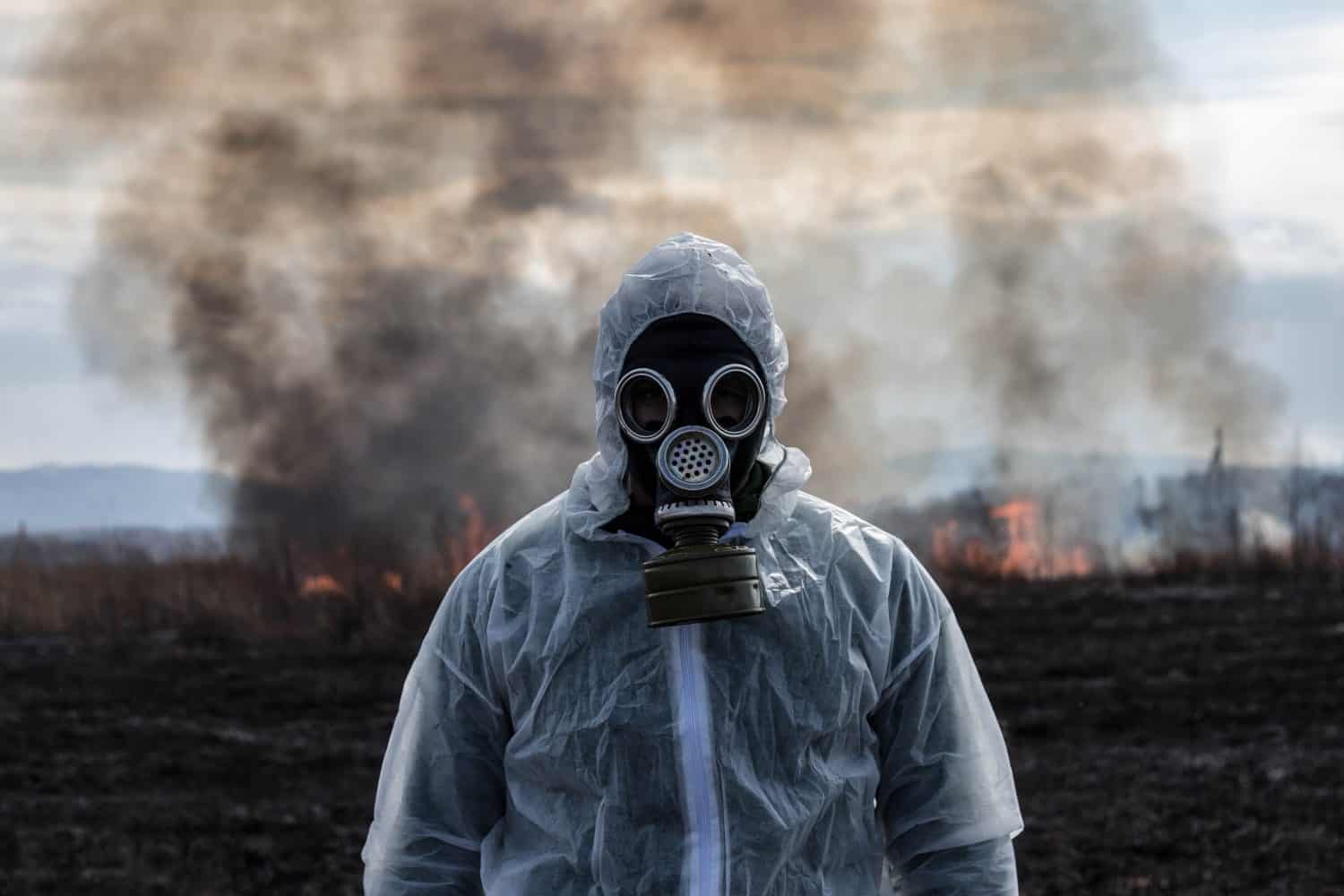
Dirty bombs are theoretical weapons that might be used by a non-nuclear weapons state or by terrorists. A dirty bomb can be any kind of large conventional explosive that is packed in radioactive materials so that radiation is scattered when the bomb goes off. Because no country but Finland has a permanent, long-term storage solution for nuclear waste, terrorists could potentially acquire radioactive waste substances in a country that does not adequately store and guard these materials.
One concern in the Russia-Ukraine war is that Russia will blow up a Ukrainian nuclear power plant to disburse its radiation like a dirty bomb; however, the United States government has indicated they would view such an attack as the same as the use of tactical nuclear weapons and would respond accordingly

Drones are unmanned aerial weapons that can be used for surveillance or attacking enemies. In Ukraine small drones have even been used to drop individual grenades on individual Russian soldiers in their trenches. Ukraine has also used sea-based torpedo drones successfully against Russian ships in the Black Sea. Drones can also be used in swarm attacks against enemies, making them harder to shoot down. There are no treaty limitations on their use at the present time.
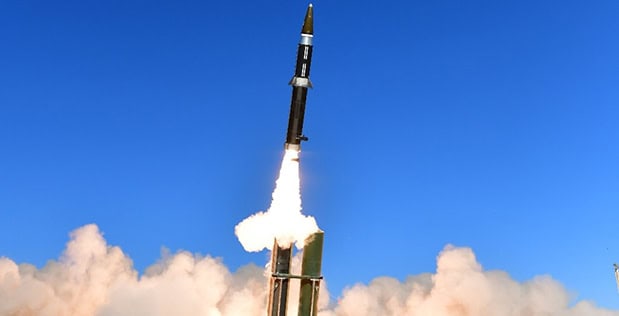
Hypersonic missiles travel anywhere from Mach 5-20 (3,800-15,000 mph). They can glide within the atmosphere at these speeds and can maneuver to avoid counter-missile technology. Russia and China have deployed these missiles. The United States has not yet developed a hypersonic missile that is ready for deployment. One reason these weapons are controversial is because they are so fast that they can be used as a first-strike weapon to disable an enemy before they can respond. First-strike weapons are considered destabilizing in arms control.

An improvised explosive device (IED) is an explosive placed inside any kind of object that might go unnoticed: a bicycle, child’s toy, trashcan, backpack, or trash on the side of the road. Some of them are triggered remotely by phone or radio so they can be set off when military vehicles pass by. They are also used by terrorists in public places to create casualties and panic. In addition to these obvious ethical concerns, IEDs are controversial because they can easily maim or kill unsuspecting children or adults who pick up the item that was left to see what is in it.
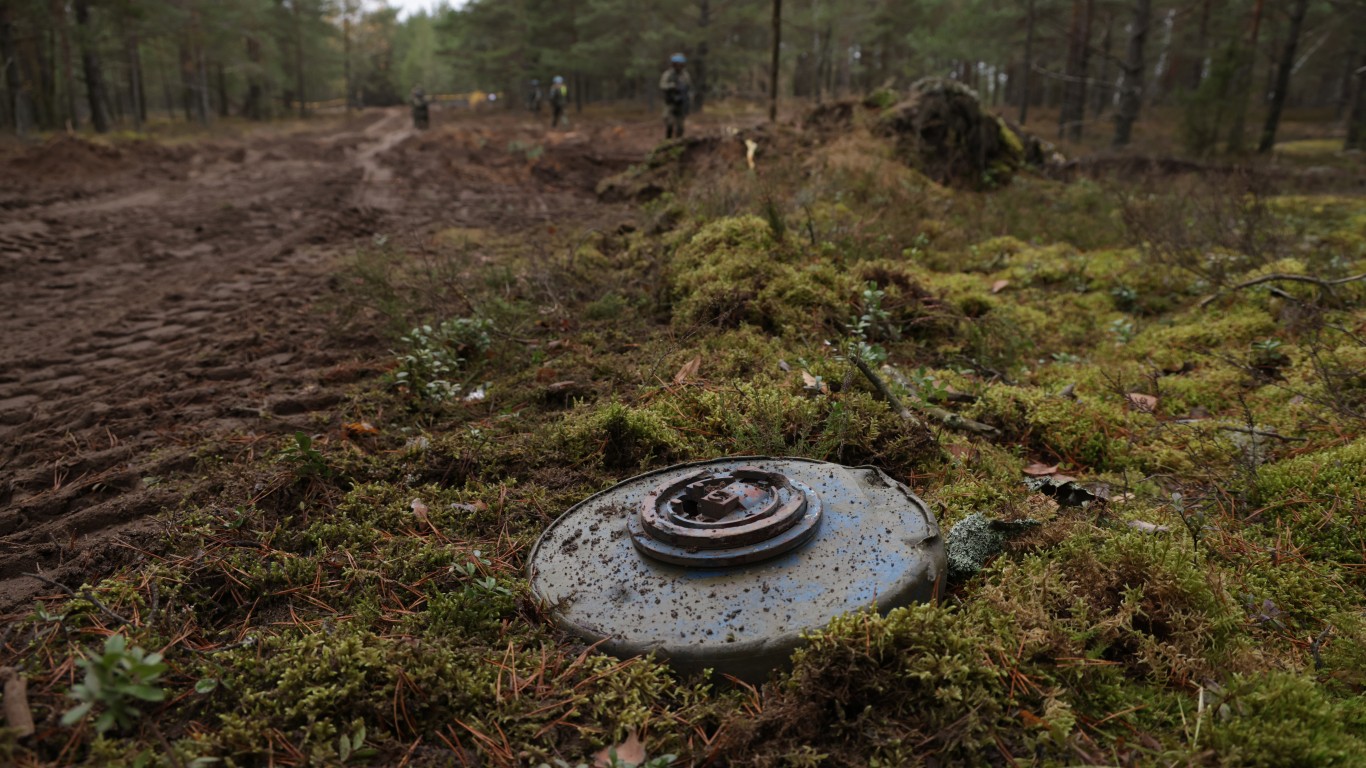
Land mines are bombs placed on or just below the soil so that they go unnoticed and blow up when someone steps on them. Landmines have been widely used in many conflicts and continue to make civilian casualties decades after the war is over. At least three international treaties regulate the manufacture and use of land mines but not all countries are signatories.

A neutron bomb is also called an enhanced radiation weapon. It is a kind of nuclear bomb that creates a relatively small explosion but emits a great deal of deadly neutron radiation that penetrates buildings and kills every living thing in the area while not damaging the physical infrastructure. The US built and tested neutron bombs in the 1970s and 80s as a potential battlefield weapon to kill combatants in armored vehicles. However, its potential to be used to depopulate areas of civilians made it hugely controversial, so the military shifted focus to other weapons systems.

Many of the largest warships in the arsenals of the world’s great powers are powered by nuclear reactors. This includes battleships, aircraft carriers, and ballistic missile submarines. Carrying a nearly endless supply of power enables these ships to stay at sea for extended periods of time without needing refueling. However, they aren’t welcome at some seaports of countries that have declared themselves “nuclear free.” The mutual defense treaty between New Zealand and the United States was cancelled after American ships were barred from their ports.
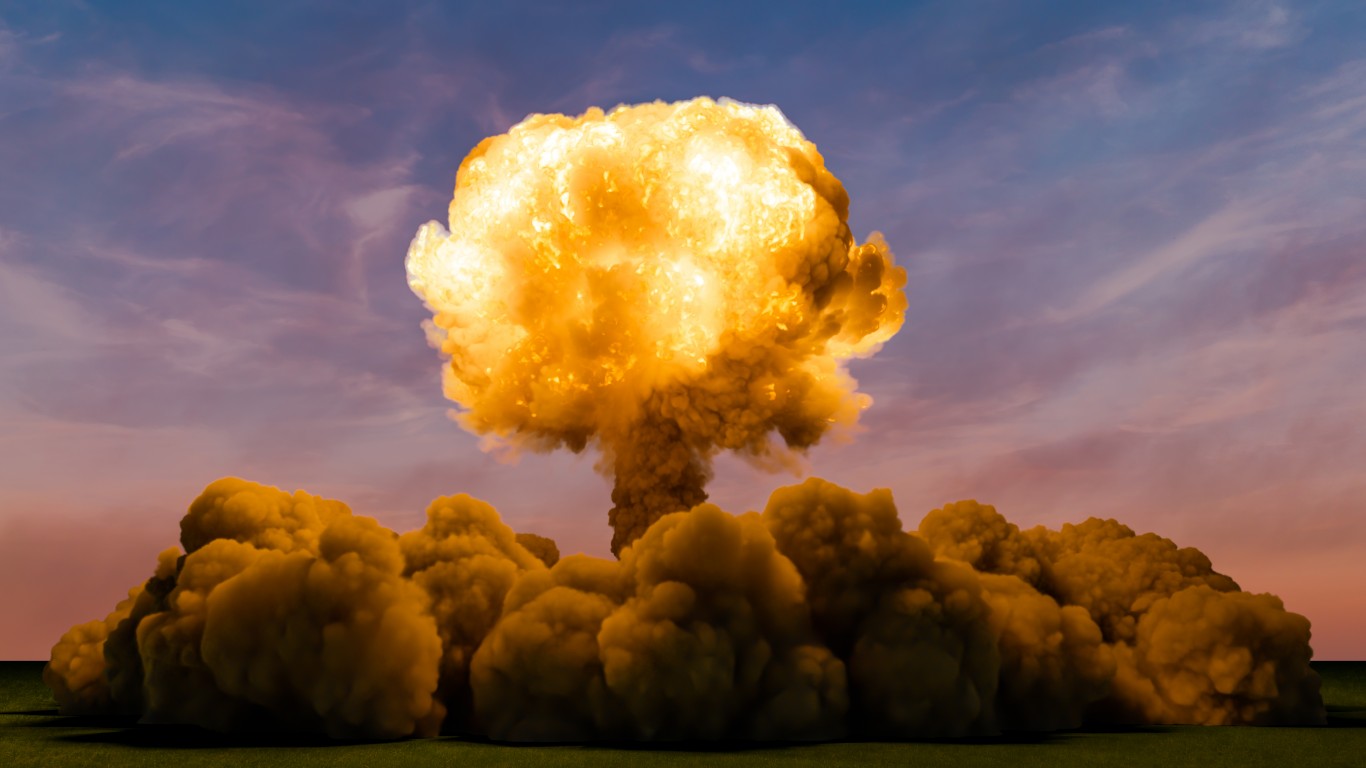
Nuclear weapons are the ultimate weapons of mass destruction. They can operate by atomic fission or fusion, releasing extraordinary amounts of energy and radiation. Nuclear weapons are controversial because their effects do not discriminate between military and civilian targets, there are enough of them to kill every person on the planet, and they damage the environment with radiation and sun-blocking clouds of ash and smoke. Nuclear weapons have been the target of numerous arms control treaties to limit where they can be stationed, what kinds of weapons and how many of them can be built and deployed, and the transfer of nuclear technology to non-nuclear weapons states.

The United States and other countries have done research showing that directed-energy weapons, like microwaves, or acoustic weapons emitting low-frequency sounds can disrupt human cognition, emotional states, and behavior. This could include creating confusion or feelings of fear, hopelessness, or panic.
It’s possible such weapons have already been used against U.S. diplomats in Cuba and in dozens of other countries around the world. People with so-called “Havana Syndrome” report memory loss, headaches, dizziness, and auditory sensations—symptoms consistent with effects demonstrated in laboratory settings. As a result, the U.S. government’s National Center for Biotechnology Information published a primer on neuroweapons for U.S. military medical personnel in 2023. The potential for this technology to be used against civilian populations to manipulate their behavior is one of many disturbing ethical issues this raises.
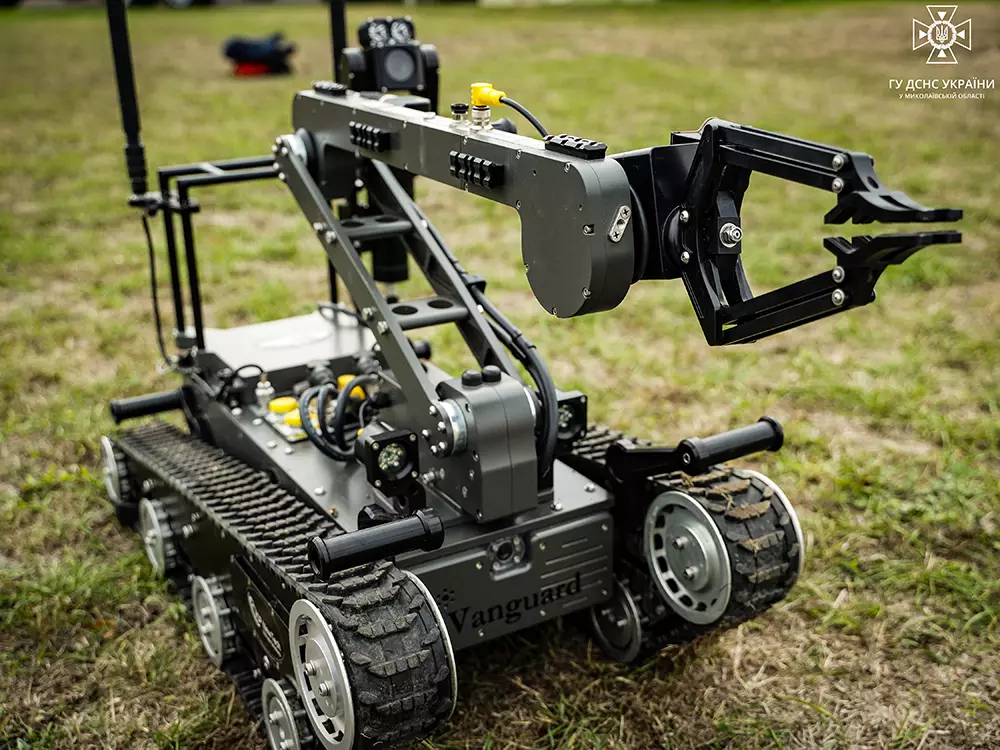
Drones are one form of military robot, but defense contractors are working on many different types of ground-based battlefield robots as well. These can perform dangerous search-and-rescue operations, do reconnaissance, resupply front line troops, carry heavy loads, dispose of explosive ordnance, do medical evacuations, and work in areas that are contaminated by toxic chemicals or radiation. These are all fine, but robots really start getting controversial when they are armed and used to kill enemy combatants, especially if they operate autonomously. If there’s one thing the Terminator movies taught us, it’s that humans need to stay firmly in control of robots! This is a new area of military technology that has not yet been regulated by international agreements.
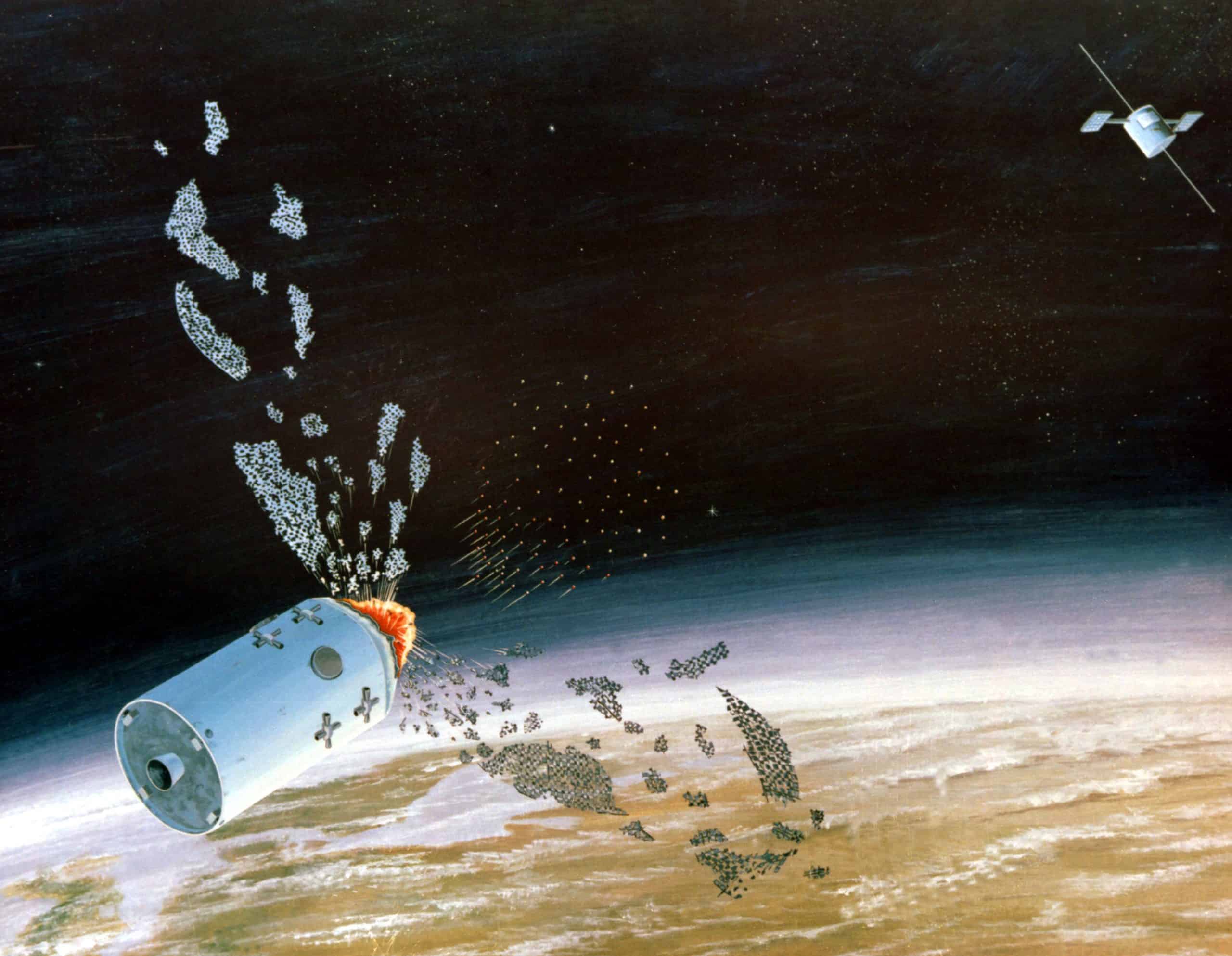
In 1967 the so-called “Outer Space Treaty” banned the deployment of nuclear weapons in space, but it doesn’t ban the use of conventional weaponry. The United States began researching spaced-based lasers and other advanced weaponry as part of the Strategic Defense Initiative (“Star Wars” Program) initiated by Ronald Reagan. The U.S., Russia, China, and India have each destroyed one of their own satellites to develop technologies for anti-satellite warfare. These tests were problematic because some of them left behind thousands of pieces of orbiting space debris that could damage other satellites, spacecraft, or space stations.
Another potential use of weapons in space is to detonate a nuclear weapon above the atmosphere to generate an electromagnetic pulse that would disrupt electrical systems on the Earth’s surface. A nuclear explosion 250 miles above the surface could knock out electronics for a thousand miles in every direction: a land area larger than Brazil. Unshielded devices like cell phones, personal computers, ATMs, computerized automobile components, and electric power grids as well as communications and weather satellites within range could be permanently disabled in that area and require replacement. This is the most economically devastating way a country like North Korea with a small nuclear weapons arsenal could inflict many hundreds of billions of dollars in damage to a highly developed country like the United States.
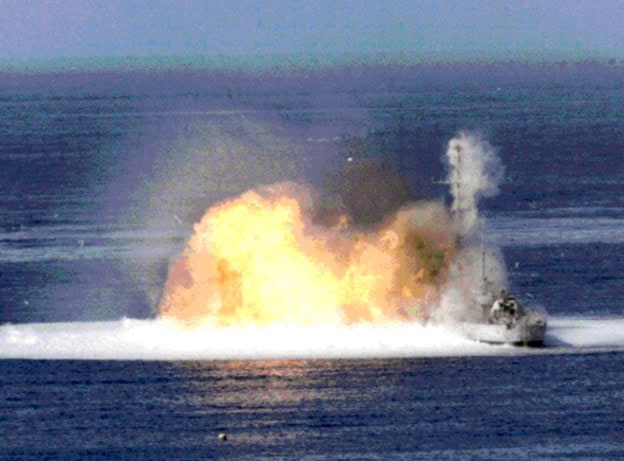
The U.S., China, Russia, India, and Israel have all developed thermobaric weapons, also known as vacuum bombs, fuel-air explosives, or aerosol bombs. The United States has developed one nicknamed the “Massive Ordnance Air Blast” (MOAB) more commonly called The Mother of All Bombs,” which is the largest conventional explosive in the American arsenal.
These types of weapons operate in a two-stage process. A first missile releases a fine explosive aerosol mist that creates a fuel-air mixture as it expands. A second explosion ignites the cloud in a stupendous explosion that is larger, more powerful, hotter, and longer-lasting than conventional explosives because it consumes the oxygen in the atmosphere.
The pressure wave can do catastrophic damage to internal organs, even at a great distance. Some people in the affected area die of suffocation because the fireball rapidly consumes all the nearby oxygen–reportedly sucking the oxygen right out of people’s lungs. This all makes thermobaric weapons highly effective against entrenched enemy troops, but shocking in how it dispatches them. This video describes and demonstrates thermobaric weapons. These weapons are still not regulated by international treaties, but their use against civilian populations would be considered a war crime.
Start by taking a quick retirement quiz from SmartAsset that will match you with up to 3 financial advisors that serve your area and beyond in 5 minutes, or less.
Each advisor has been vetted by SmartAsset and is held to a fiduciary standard to act in your best interests.
Here’s how it works:
1. Answer SmartAsset advisor match quiz
2. Review your pre-screened matches at your leisure. Check out the advisors’ profiles.
3. Speak with advisors at no cost to you. Have an introductory call on the phone or introduction in person and choose whom to work with in the future
Thank you for reading! Have some feedback for us?
Contact the 24/7 Wall St. editorial team.